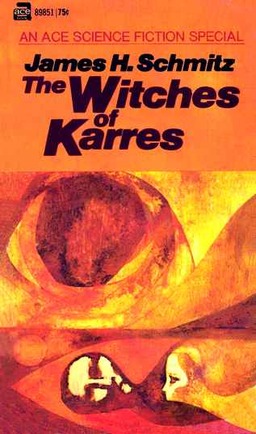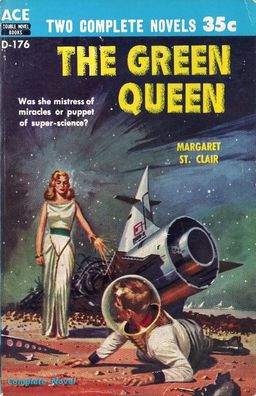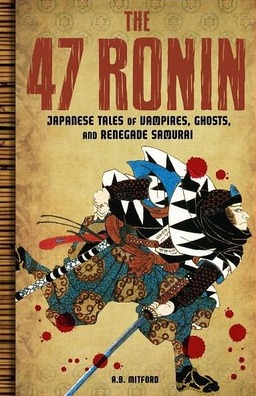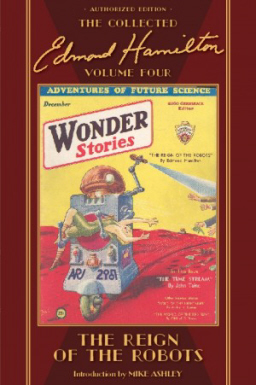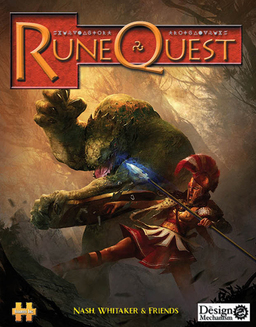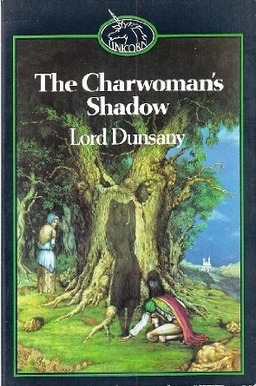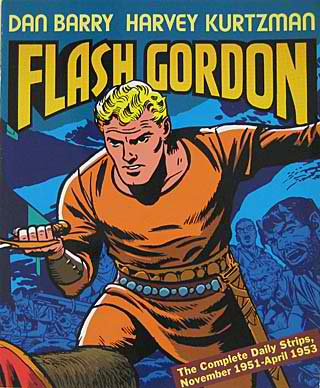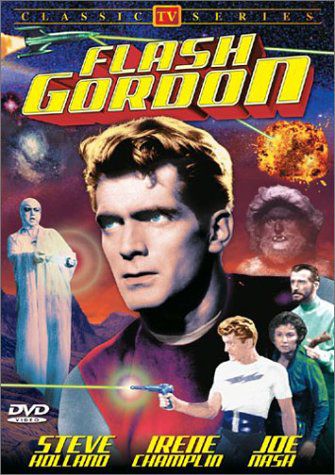Nascent Impulse to War Gaming? A Question from the Wag of Oz
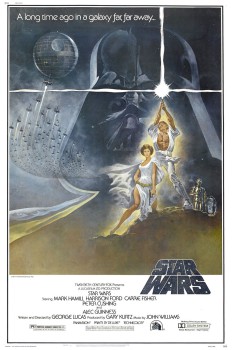 A stray memory — triggered by seeing the first 1977 Star Wars theater-lobby poster on Antiques Roadshow (value $2000!) — made me wonder if a certain time-killer of my childhood was as common as I’ve always just assumed it was. What better place to conduct an informal poll than here at Black Gate — an audience comprised of readers with common interests and shared cultural experiences?
A stray memory — triggered by seeing the first 1977 Star Wars theater-lobby poster on Antiques Roadshow (value $2000!) — made me wonder if a certain time-killer of my childhood was as common as I’ve always just assumed it was. What better place to conduct an informal poll than here at Black Gate — an audience comprised of readers with common interests and shared cultural experiences?
On the left side of the vintage image (so iconic, indelibly impressed upon my generation’s psyche) one sees dozens of x-wing fighters flying in to attack the Death Star. That’s what triggered the memory of a pastime common among my male peers in preschool.
During arts and crafts or any downtime where we were given access to paper and pens/ pencils/ crayons, a perennial favorite was to draw a whole fleet of Rebel x-wing fighters facing off against a fleet of Imperial tie-fighters (Colonial vipers and Cylon raiders worked just as well). That was not the end product, no sir. That was the set-up. The battle would begin, the image soon obliterated as lines were scrawled from the firing vehicle to its target, followed by violent scribbling over of said target to indicate it had exploded. What one was left with was a sheet covered in lines and scribbles, with maybe one or two of vehicles of the victorious side still visible. [Examples follow the “Read More” jump.]
